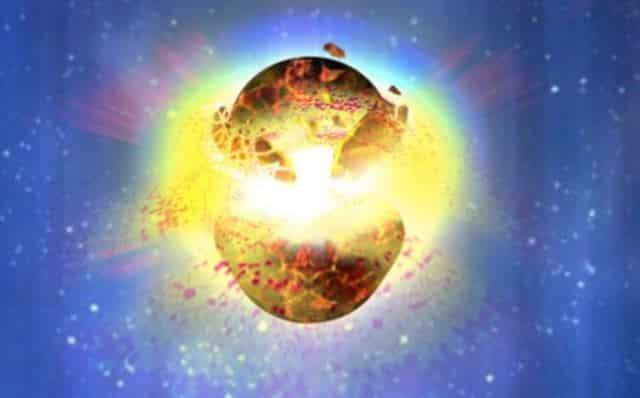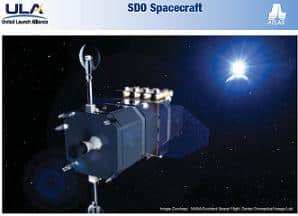Gamma ray bursts are known as the most powerful explosions in the Universe. Based on some solid evidences, a team of scientists believe that a huge burst of Gamma Rays hit our planet Earth in the 8th Century. The interesting thing is no one noticed that until now.
According to the study, a huge burst of Gamma Rays hit our planet Earth in 774 AD or 775 AD. Question raised, “What kind of cosmic event could have caused this?” Scientists were trying to find the answer to that question. Last year, Japanese scientists found evidence that incidence might have occurred when two black holes or neutron stars collided. During that sudden blast of high-intensity radiation, Gamma Rays had around 10,000 times the energy of the atomic bomb that was dropped on Hiroshima.
The catastrophic had great impact in Earth’s cosmic neighborhood, but unfortunately no one during that period or afterward noticed that. But in 2012, a Japanese scientist Fusa Miyake announced that they had detected high levels of the Carbon isotope “Carbon-14” and “Beryllium-10” in some of the world’s oldest trees formed in 774 AD or 775 AD. Carbon’s key radioactive isotope, Carbon-14, form when energetic particles enter Earth’s atmosphere and collide with nitrogen atoms. However, those trees started to take in both Carbon-14 and its stable relative, Carbon-12 during breathing. This helped scientists to measure the amount of high-energy particles entering Earth’s atmosphere in a given year and growth rings of trees. While studying the trees formed in 774 AD or 775 AD, scientists found growth rings of Carbon-14 present in the trees were shockingly large than the growth rings of Carbon-12 present in the trees. Here’s a video. Have a look.
The scientists have identified five neutron stars that could have caused the massive burst. Based on the findings, scientists firmly believe that in 774 AD or in 775 AD, a huge burst of Gamma Rays hit Earth. Scientists will take a detailed look at those five neutron stars for further proof.
The study has been published online on Monday 21 January, in the Oxford University Press journal Monthly Notices of the Royal Astronomical Society.
Source: ICCR Seminar, Monthly Notices of the Royal Astronomical Society
Thanks To: PhysOrg
[ttjad keyword=”solar-device”]



